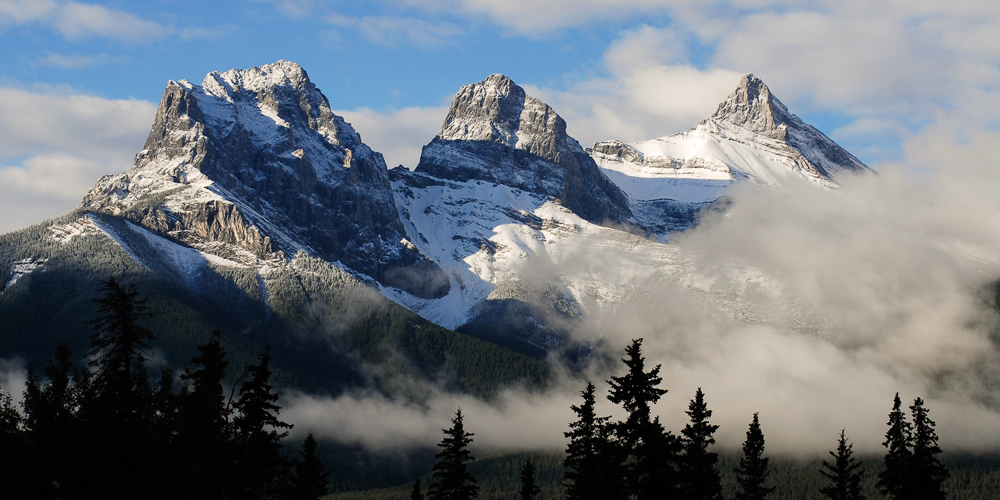A Rockies Drytool Ethics Debate About Ticked Holds
The discussion centred around a drytool crag in the Rockies called El Dorado

A drytool crag ethics debate started on the Canadian Rockies Ice Climbing Facebook page back in fall 2018, which wasn’t anything new, but it raised some interesting points about ticking holds.
El Dorado is a drytool crag on Grotto Mountain in the Bow Valley that was developed mostly by Raphael Slawinski in hopes of having a drytool crag with “natural” holds.
Over the past few years, many new drytool crags or pitches have features and holds that have been exaggerated with a drill. It is more/less accepted to a degree to create more positive clipping holds to prevent ground-fall potential. In some cases, holds have been added to areas for no reason, which makes a wall look like a peg board.
Holds at Haffner, Cineplex, the Playground Drive-In, Bear Spirit and at other crags in the Rockies have holds that were drilled using a power drill.
El Dorado has become a popular crag for locals and is now in the Ice/Mixed app by Will Gadd. Top international climbers such as Jeff Mercier and Greg Boswell have said they appreciate having a crag that isn’t littered with deep, drilled holds. Over the past few years tho, many of the tool placements have started to deepen as a result of sharp metal eating away at the soft limestone.
The recent ethics debate isn’t about drilling pockets, rather ticking holds with rock climbing chalk. While this might seem strange, many drytool crags in Europe have chalk, spray paint and plastic gym holds that cover outdoor crags.
Gadd, who’s established some of the world’s most difficult mixed pitches and the world’s first M12 with Musashi, used chalk to mark hard-to-find holds.
The recent addition of chalk to some holds led some users of the crag to speak out on Facebook, noting that “Raph [Raphael Slawinski] would like to respectfully discourage this activity at Eldo. Its supposed to be hard and searchy, chossy, with no drilled holds, and not an easy place to project.
“If you blow a hold, smash in a new one with the pick of the dead red Fusion in the bin. There is a hammer there to facilitate this. With the chossy nature of the place, perhaps the ethic will have to change in 10 years, or whenever it’s beat out.”
Using ice tools as chisels is a common practice to enhance holds without using power drills, which is the way holds have been “chipped” at Eldo in the past.
There were climbers on both side of the debate, some saying to avoid ticking holds with chalk and others defending it at drytool crags because they’re areas meant for training.
Gadd noted, “I like scratch and sniffing on low angle alpine terrain or on trad routes where the holds are in logical places, but get bored fast memorizing chipped or blind drytool routes. But I can appreciate that some people look at it differently.”
El Dorado had been called an “alpine drytool” crag, but one climber noted, “Since when has ‘alpine drytooling’ been at a crag 30 minutes from the road, a 10-minute drive from canmore, with hundreds of bolts on it?”
Despite many of the holds having scratch marks and broken rock around them, one climber noted, “Leave the holds unmarked and let others have fun working the route. Where is the fun and adventure if you are looking at a pegboard.”
The great debate as to how ethics will be applied to a sport that chips and scratches the rock will surely continue well into the fall/winter 2020 and beyond. Join the Canadian Rockies Ice Climbing Facebook group here to follow along.


